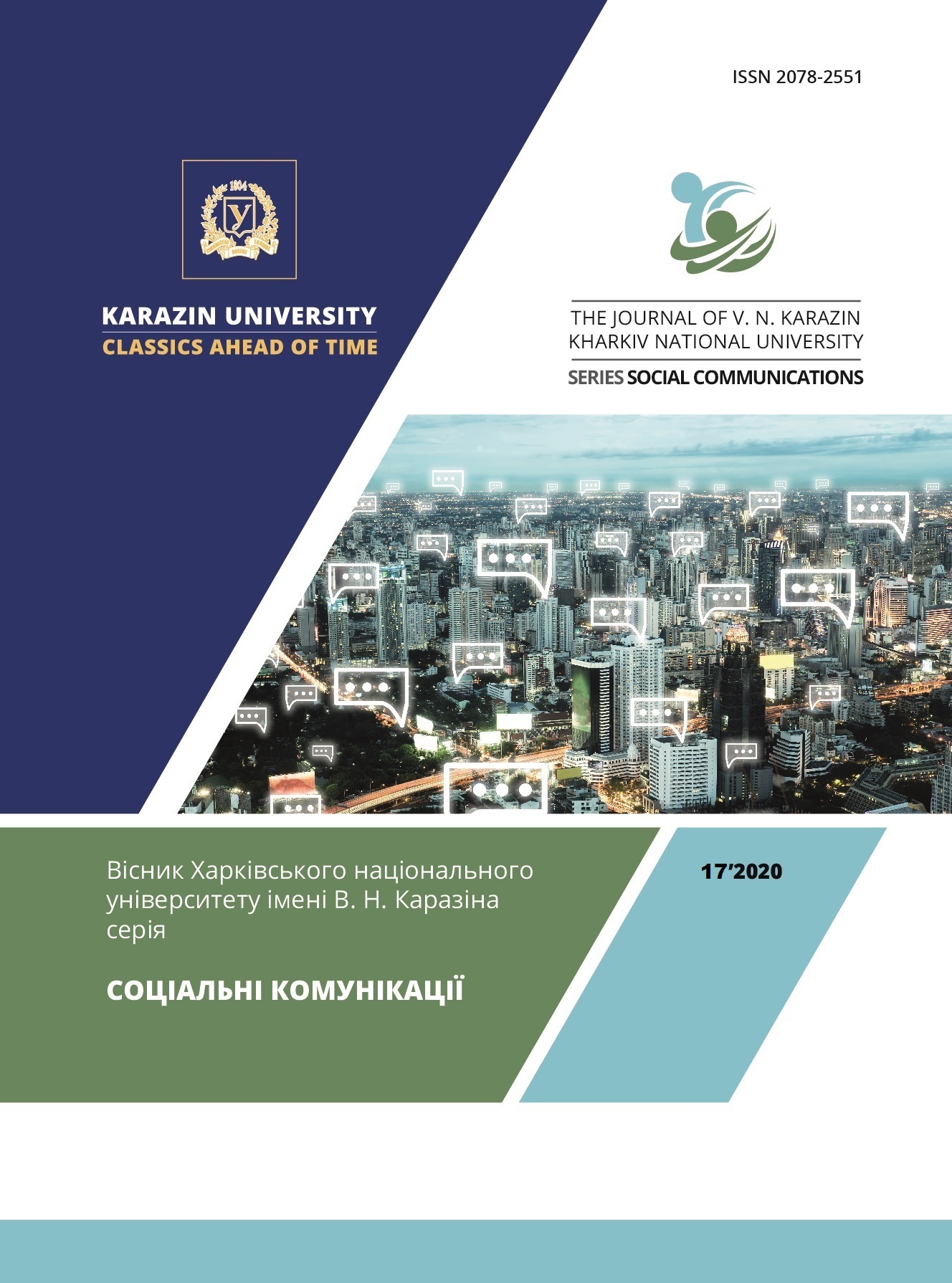Символічно-смисловий аспект мемів
Анотація
Меми широко використовуються в інтернет-комунікації здебільшого як розважальний елемент, який посилається на відомі фрази, епізоди з фільмів або використовує загальновідомих персонажів. Окрім інтерактивності та розважальності мем має риси символу, багато в чому копіюючи філософське та культурологічне поняття. Саме тому у статті розглядається символічно-смисловий аспект мемів, орієнтований на їх внутрішній сенс, це є актуальним через широке використання інтернет-мемів у повсякденній комунікації. Через явний розважальний аспект такого контенту смисловому наповненню приділяється менша увага, проте саме воно є фактором, що визначає реакцію адресата на приховану інформацію. Велике значення має і сприйняття змісту мемів за аналогією із символами, цьому теж приділяється увага, адже сприйняття культурної одиниці, ознаки якої має інтернет-мем, було визначено як індивідуальне. Це говорить про те, що кожен інтернет-елемент, яким є і мем, може бути засновано на одному й тому ж контенті, але через додані автором елементи та візуальні прийоми він матиме різний сенс у світосприйнятті конкретного адресата повідомлення. Стаття засновується на роботах знаних культурознавців та філософів: Ернста Кассірера, Ганса-Георга Гадамера, Жана Бодрійяра, Олексія Лосєва, на їхніх поглядах щодо символів та їх сприйняття індивідом. Також приділено увагу порівнянню понять «мем» та «симулякр», їхній моделі побудови та симуляції дійсності в гіперреальності, що характерно для обох понять. Завдяки аналізу символічно-смислового аспекту мемів це поняття можна вивчити набагато глибше, спростивши розуміння комунікативного явища, яке є невід’ємною частиною сучасної масової культури, створюючись в Інтернеті як лідерами думок, так і пересічними користувачами, які таким чином транслюють свої думки та переживання.




